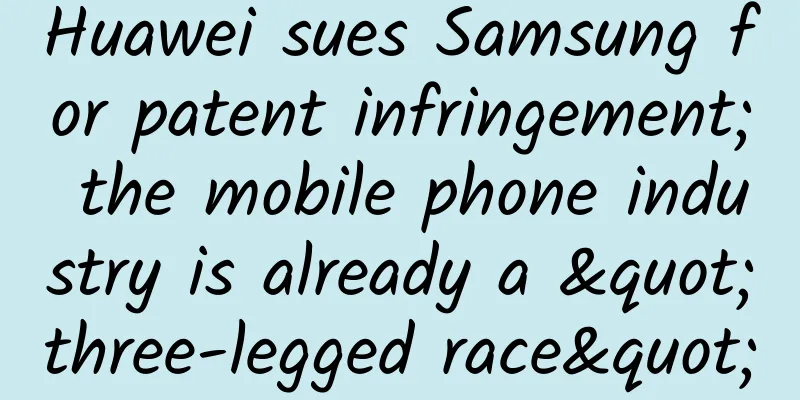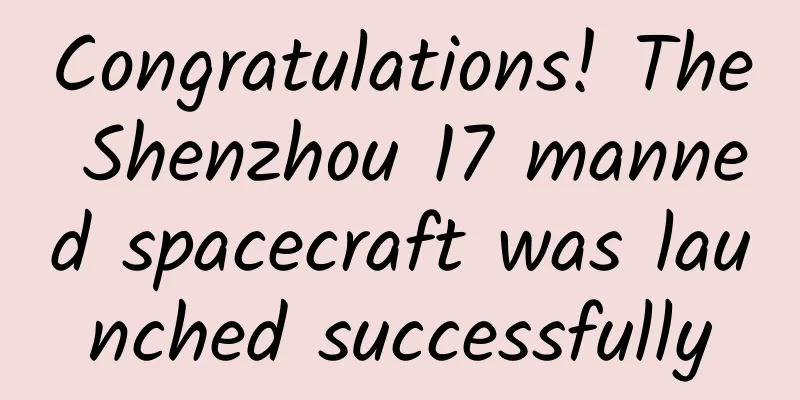As early as 60,000 years ago, did Australian people achieve "nut freedom"?

|
Macadamia nuts are the only native Australian plant crop that is commercially exploited as a food. As early as about 60,000 years ago, Aboriginal tribes living on the northeast coast of Australia began to eat macadamia nuts. They searched and collected the nuts, then peeled them, cracked the shells with rocks, and roasted them in the ashes of fire to facilitate long-term preservation. Because these nuts are extremely high in oil content and taste good, but difficult to obtain in large quantities, they can only be precious snacks at banquets or gifts when participating in sacrificial dances of other tribes. In early contacts with European colonists, they used macadamia trees and nuts to exchange with explorers and botanists for tobacco, axes, rum, etc. In 1828, explorer and botanist Alan Cunningham, near Beenleigh, south of present-day Brisbane, may have first documented the macadamia nut, which he called the "Moreton Bay Chestnut". The specimen he collected was kept at Kew Gardens, Kew, London, but it is no longer available. It is therefore unclear whether it was a black bean tree (a tall leguminous tree grown for timber) or a macadamia nut. In 1843, German explorer Friedrich Wilhelm Ludwig Leichhardt (1813-1848?) collected inedible three-leaf macadamia nuts, calling them "maloochi nuts" or "golden skin nuts". Specimens are still preserved in the Melbourne Botanic Gardens, but Leichhardt did not describe them. Historians misunderstood Leichhardt's report and named the plant Jindilee, thinking it was collected near Mt. Bauple, when in fact it came from near Maleny, more than 100 kilometers to the south. In 1857, Australian botanist Baron Ferdinand Jakob Heinrich von Mueller and Walter Hill, director of the Brisbane Botanical Gardens, collected nut specimens. Mueller named it Macadamia in 1858 and established a unique genus of Macadamia in Australia. Mueller named it Macadamia in memory of his good friend, Dr. John Macadam, secretary of the Victorian Institute of Philosophy. But Mueller did not taste the delicious fragrance of macadamia nuts. In 1858, Hill collected more macadamia nuts in Brisbane for sowing. Hill believed that in order to make the seeds germinate, he had to remove the hard shells of the nuts. He gave this task to a young assistant, telling him not to taste them because they were bitter and possibly poisonous. But the assistant ate the nuts and said they were delicious. A few days later, the boy was still healthy, and Hill tasted them too, immediately becoming the second white person to be enchanted by the delicious taste of the nut. Hill was the first macadamia nut enthusiast and promoter, sprouting seeds, giving them away widely as gifts, and distributing them for planting around the world in exchange for plants that could be tested commercially in the new Queensland. In 1858, he planted the first cultivated macadamia tree in the Brisbane City Botanic Gardens, where it still stands tall and strong today. |
<<: Negative leap seconds to be delayed? How climate change affects global timekeeping
>>: How to build a base for landing on the moon?
Recommend
Datong Mini Program Production Company, how much does it cost to make a wine utensils mini program?
The launch of mini programs has brought convenien...
Trump visited a mask factory without wearing a mask, causing controversy. Before leaving, he promised: I will wear a mask
[Global Times reporter Wang Boyaqi] Trump still d...
10 minutes and 58 seconds to understand the three major brand models
Last month, a piece of news from Procter & Ga...
How to choose between React Native and Flutter?
In the field of mobile application development, R...
Guide for the National Day holiday, Youji uses VR to give you a different kind of fun
2016 can be called the first year of VR. With onl...
Samsung Exynos 8895 vs. Qualcomm Snapdragon 835, which flagship chip do you prefer?
With the official announcement of Samsung's n...
If 4K TV is the future direction, who will lay the path to popularize it?
At the recently concluded IFA2015 Berlin Consumer...
Low cost and high activity, how to recall users?
What I will talk about today is mainly related to...
Summer is coming! Remember to bring this "playmate" →
When summer vacation meets summer The children al...
If you go to bed at one or two in the morning every day, how long will it take for you to die suddenly? I don’t dare to hold on after reading this…
Expert of this article: Zhao Wei, MD, associate c...
Is it true that iPhone users pay more for taxi rides than Android users because Apple charges a handling fee?
Recently, a Weibo user questioned the price discr...
Can crossing your legs cause varicose veins? The truth is...
Myth: "Crossing your legs can cause varicose...
How much does it cost to develop the Guangzhou city life circle WeChat mini program, which provides convenient information for the people in the city?
And with the continuous development of the Intern...
Why do all the unearthed Terracotta Warriors have single eyelids? It may be due to these two reasons →
A reporter recently learned from the Qin Shihuang...
Community operation: How to achieve traffic fission within the community?
The author was one of the initial product manager...









